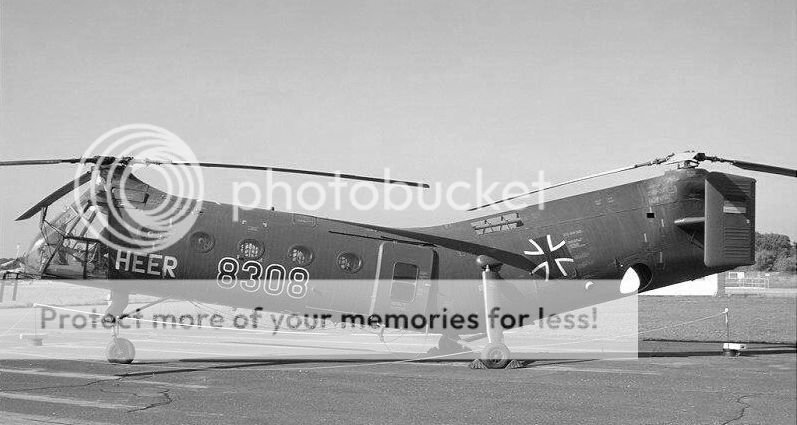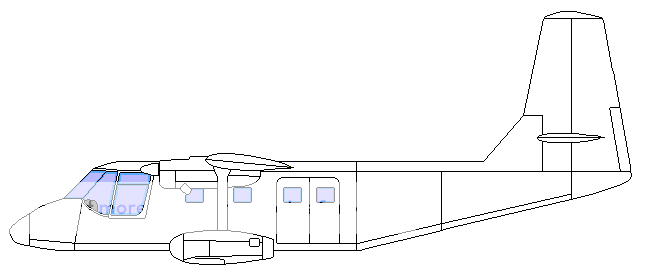The Henschel Flugzeugwerke prepared the Hs132 design as a private venture, with the aircraft being shown to the public at the 1949 Paris Salon, where the prototype was featured. The design was intended to serve a variety of roles depending upon potential customers’ needs. The roles envisaged included: cargo and personnel transport, fisheries patrol, medical evacuation, and photogrammetric survey.
Technical Description
Crew: 2-6 (pilot, copilot/navigator, and up to four mission specialists dependent on configuration)
Capacity: Up to 12 passengers or equivalent cargo.
Usable cabin volume: 10.2 cu. metres
Length: 12.57 metres
Wingspan: 16.46 metres
Height: 5.52 metres
Wing Area: 30.1 square metres
Empty Weight: 2,150 kg
Max Takeoff Weight: 3,856 kg
Powerplant: Two Hirth T-63 turbo-propeller engines, each rated at 450 hp (336 kW) at 2,030 rpm
Performance
Max Speed: 365 kph
Cruise Speed: 310 kph
Range: 1,350 kilometres
Endurance: 8 hours at 250 kph
Usable fuel: 1,010 litres
Service Ceiling: 7,600 metres
Rate of Climb: 7.4 metres/second
Take-off to 20 metres: 320 metres
Landing from 20 metres: 226 metres












.png)

